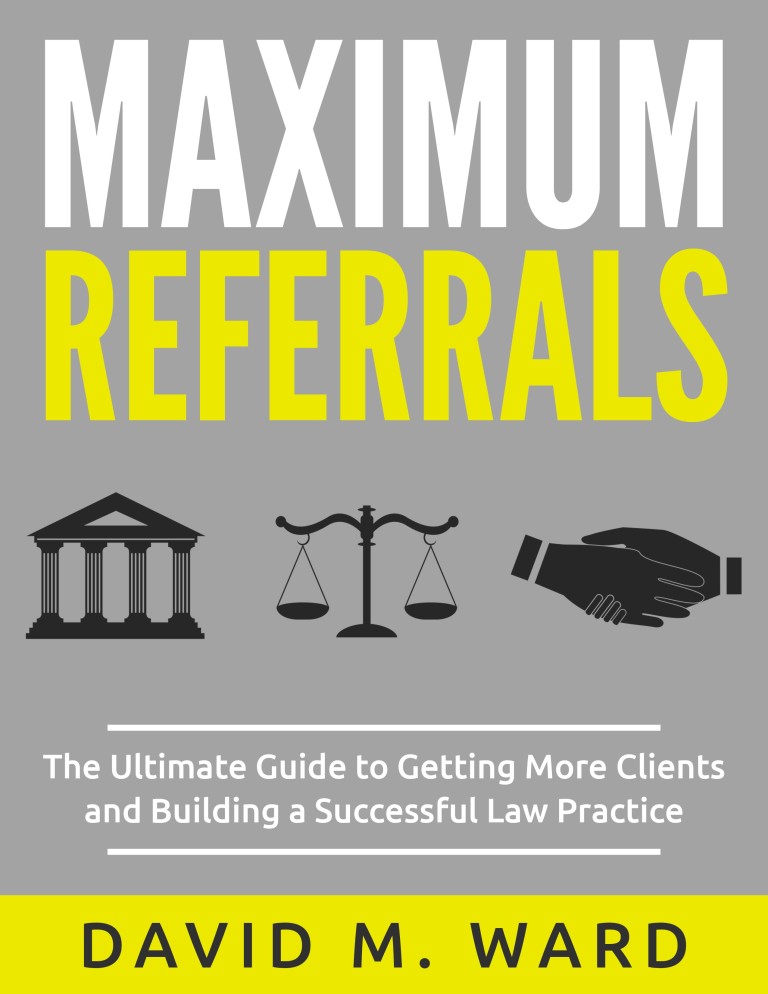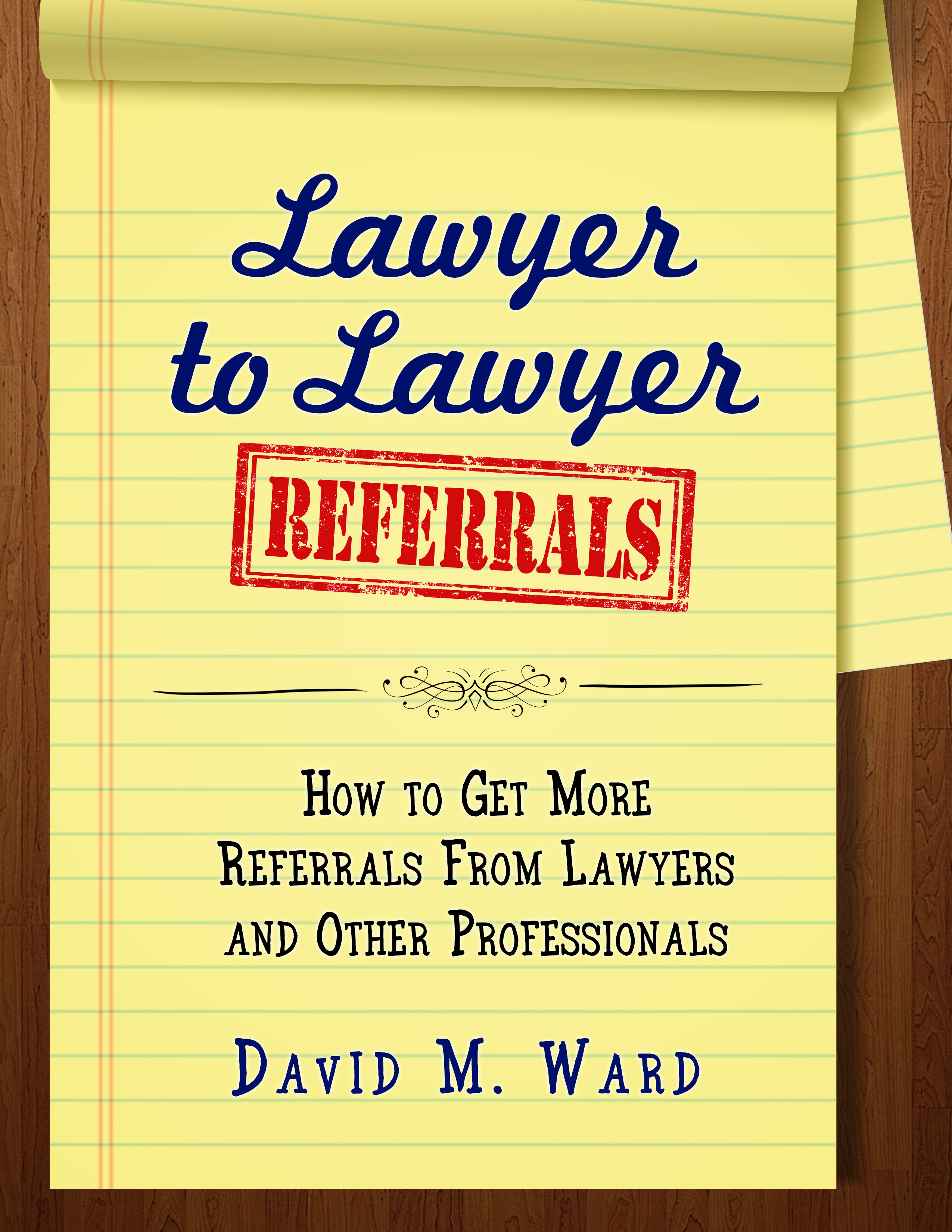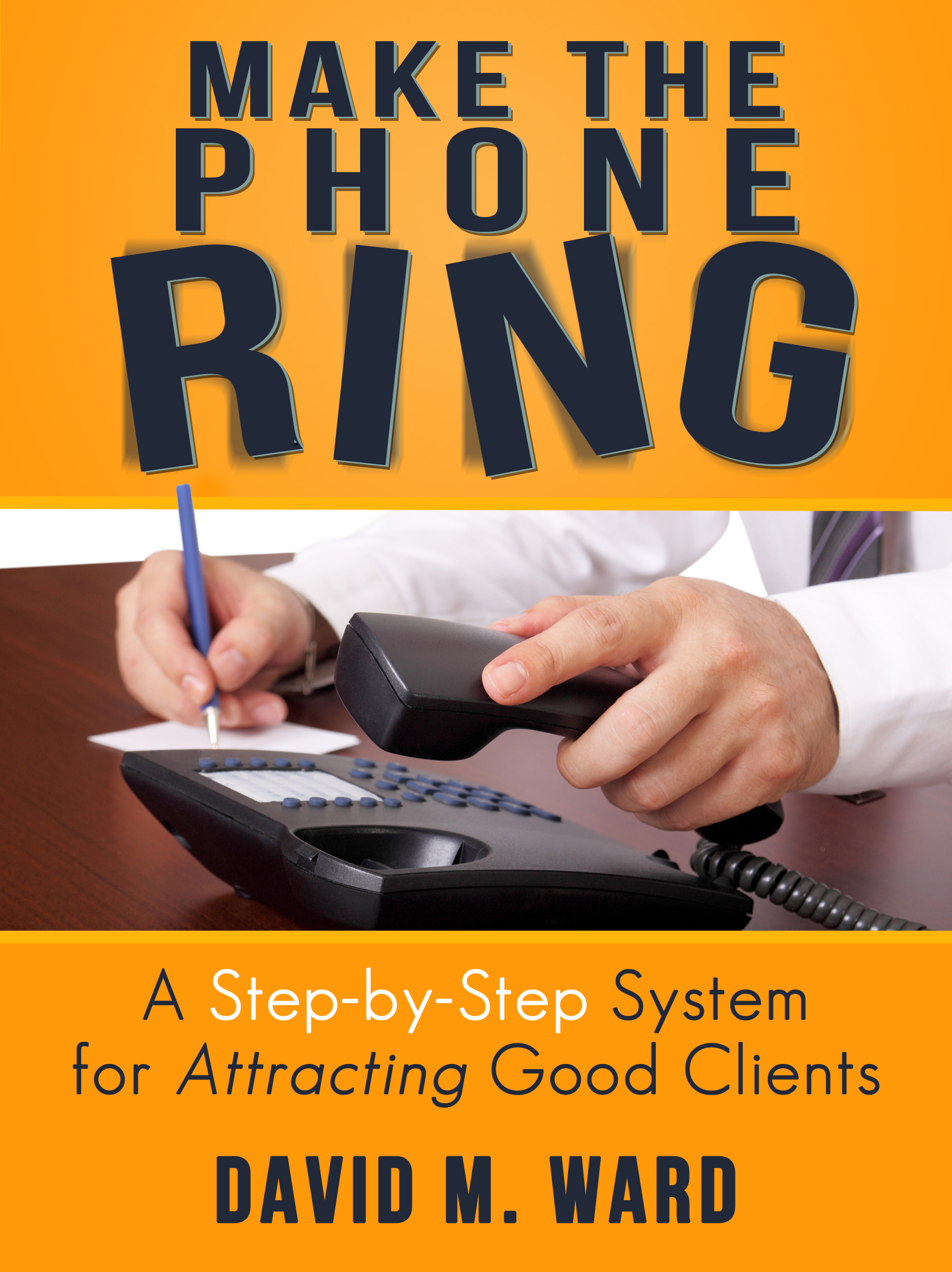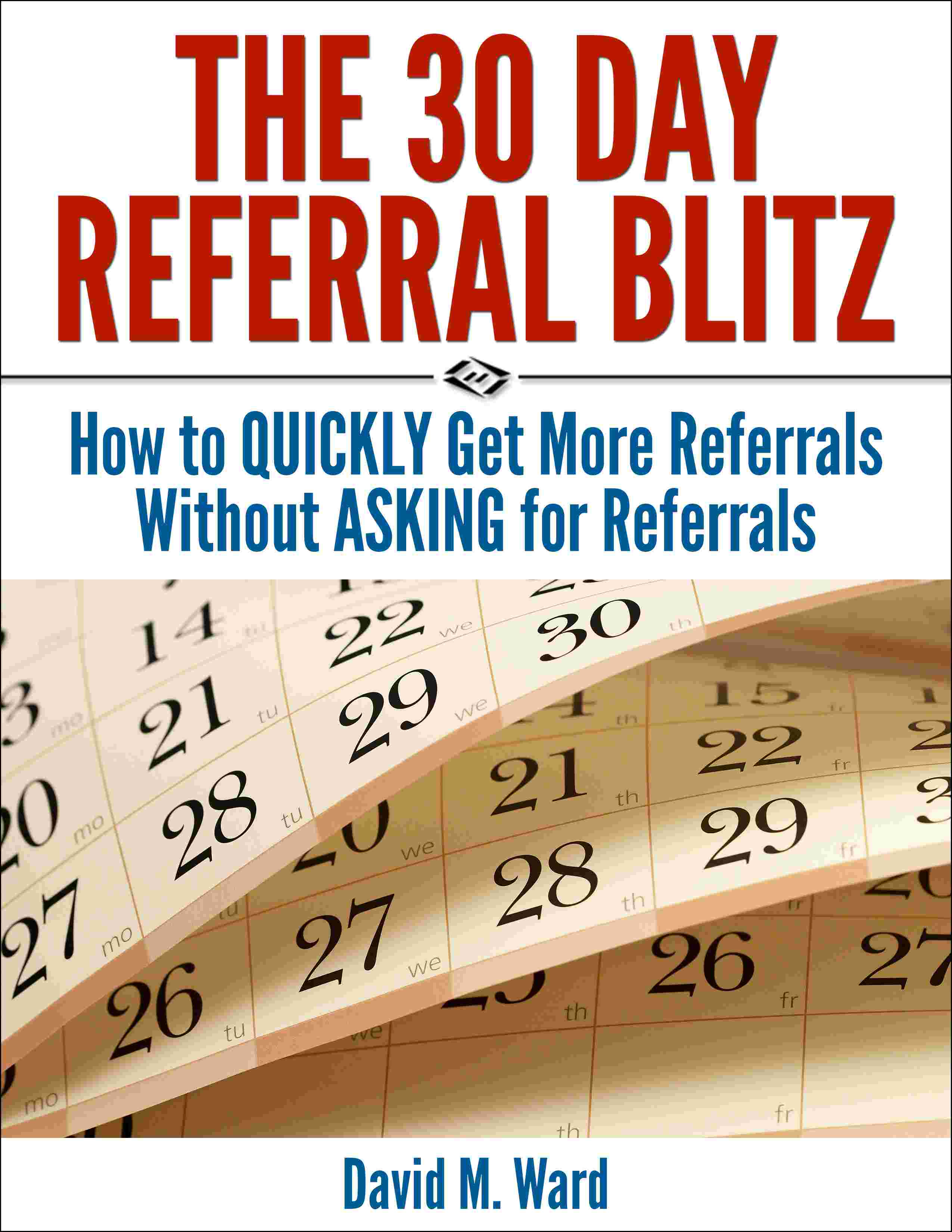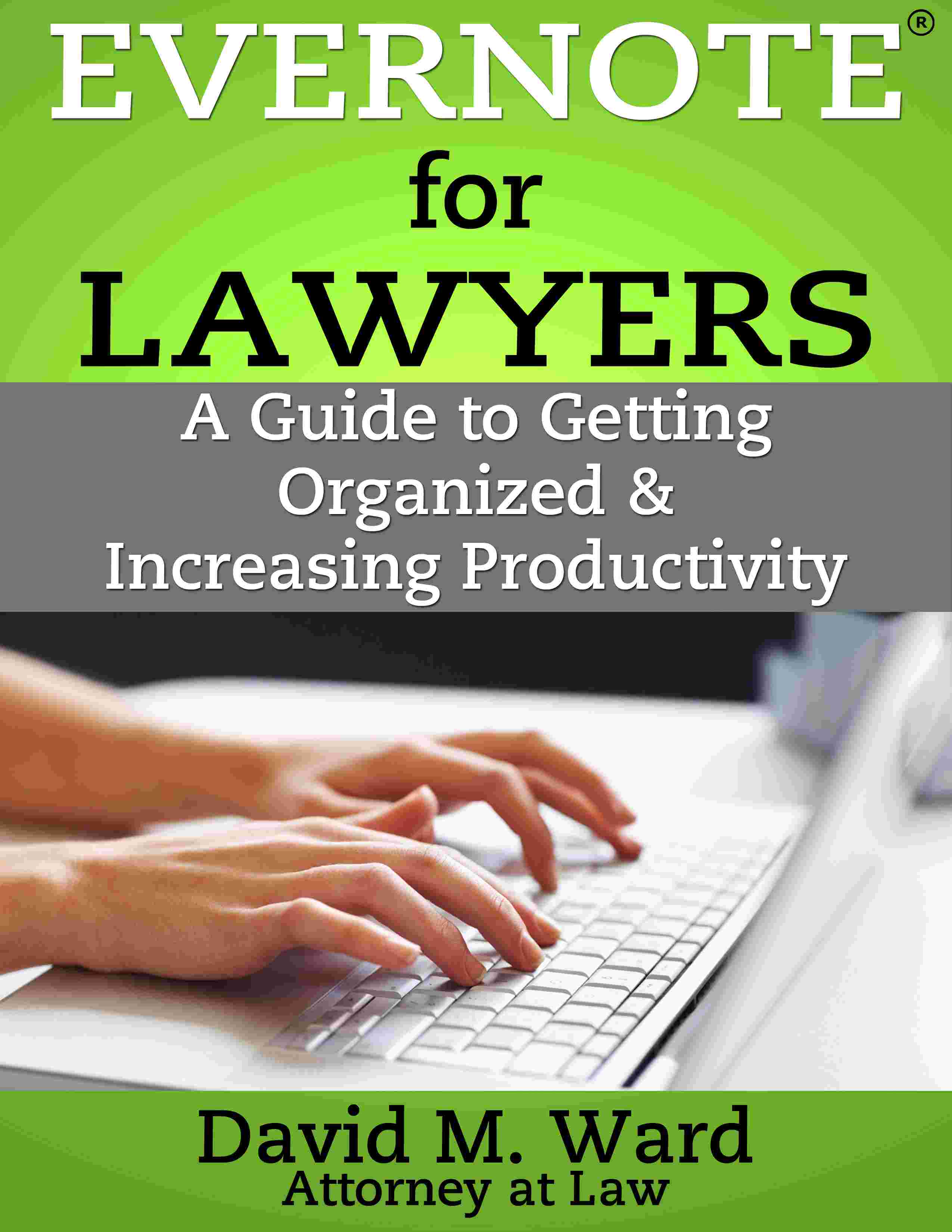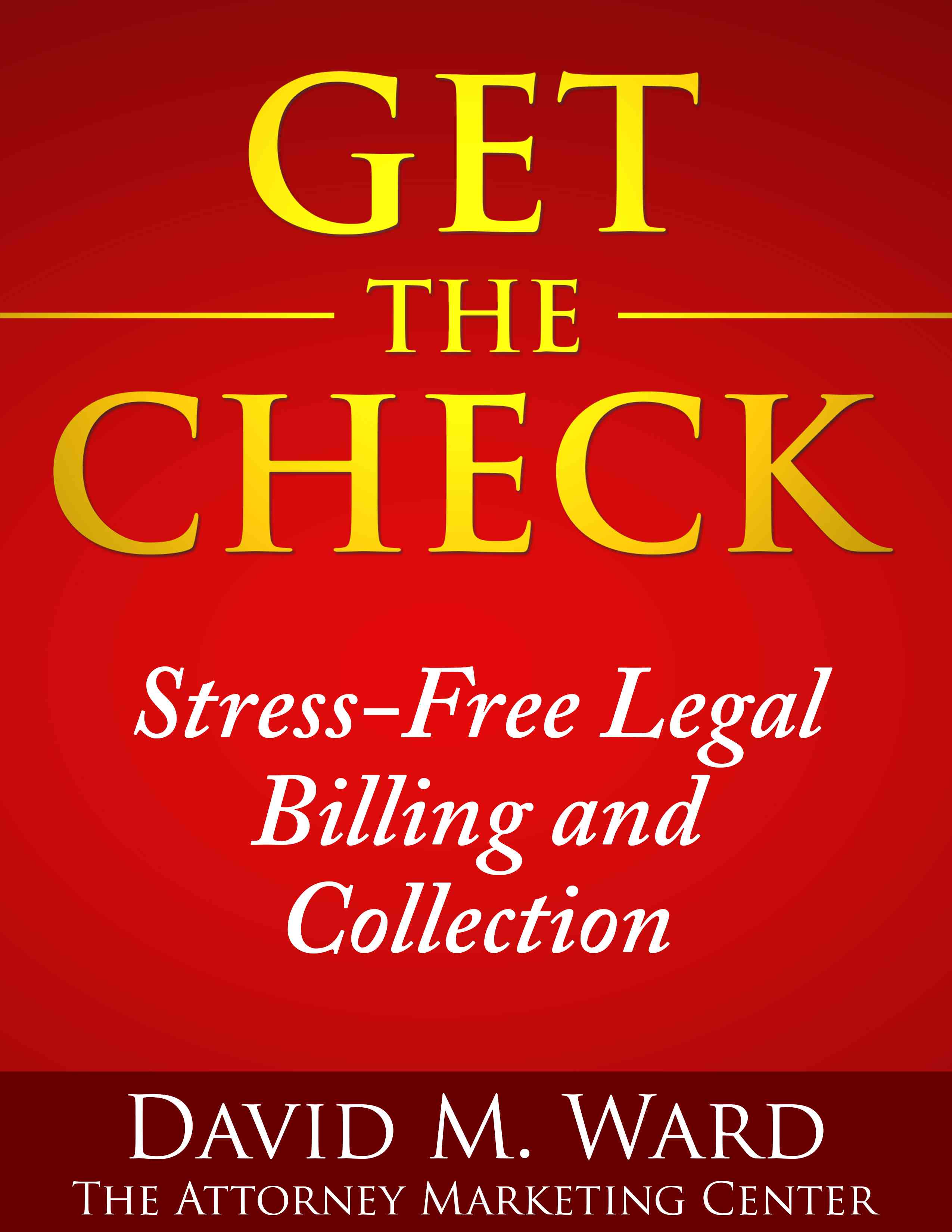Soon. That’s when the world will return to a semblance of order. The fear and restrictions holding us hostage will subside, the economy will recover, and we will carry on.
But there will be changes.
Changes to what we do and how we do them. So, I suggest the need for a plan.
To create your plan, start by asking yourself a series of questions, to help you think about what you need to do.
Some questions to help you get started:
Your office and staff
- What do you need to do to make the office germ-free and help clients and staff feel safe? What procedures will you follow? What supplies will you keep in stock?
- Will you let (require) any employees to continue working from home? How will you equip them? How will you supervise them?
- What will you do to accommodate clients who still aren’t comfortable coming to your office?
- What will you do to bring on new employees, or let go of existing ones? What will you outsource?
- Will you change any of your billing and collection practices?
- What expenses will you cut?
- What changes to your office/employee manual will you make?
Your marketing
- How will you lesson dependence on face-to-face meetings?
- What changes will you make to your warm market marketing systems (Newsletter, client appreciation, referrals, etc.)?
- What changes will you make to your cold market marketing efforts (advertising, social media, websites, networking, speaking, etc.)?
- What changes to your marketing budget do you need to consider?
- Which practice areas do you want to ramp up? What new practice areas will you add? Which practice areas will you curtail or phase out?
- Will you run any kind of promotions to celebrate the re-opening of your office?
You should also ask questions and create a plan for your personal life.
As you consider your options, you should also consider that the world, and your practice, won’t return to business as usual overnight. It will likely be many months before we’re fully up to speed and there will no doubt be permanent changes.
So, be prepared to regularly update your plan with new questions and new answers.
Whatever you do, don’t fret about anything. Yes, the world has changed but the fundamentals have not.
And good things are on the horizon.


